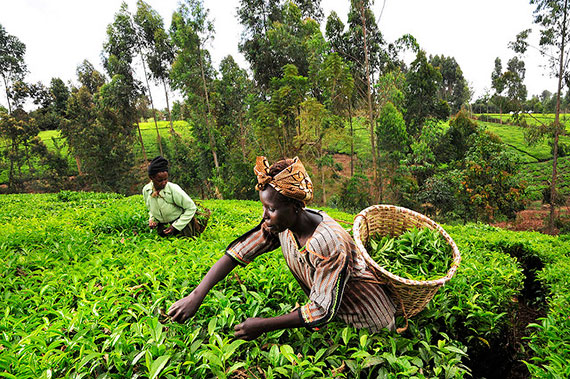The art of composition is the creation of a visually compelling picture—a picture that evokes the interest of the viewer. Composition is a key element of good photographs; it is the combining of distinct parts or elements to form a whole.
Composition should not be seen as a set of ‘rules’ to follow, but rather a set of guidelines to assist in the creative process.
Composition has many elements, including cropping, lines (implied, imaginary, diagonal, S-curves), orientation (vertical or horizontal), perspective, depth of field (background/foreground focus), balance, symmetry, texture, and the list could go on.

Photo by Thomas Hawk; ISO 500, f/2.8, 1/20-second exposure.
Whenever you see something, your eyes take in everything within your angle of view. The mind processes and evaluates this incoming data, compares it to past experiences, and reaches certain conclusions about what you’re seeing. This process can be enhanced or manipulated to evoke the desired feeling in the viewer.
Here are some techniques that can help in the process.
Framing
Framing is the technique of drawing attention to the subject of your image by blocking other parts of the image with something in the scene. This serves several purposes:
- Give context to the picture.
- Impart a sense of depth.
- Lead the eye to the subject.
- Intrigue the viewer.

Photo by Dominik Brygier; ISO 100, f/3.5, 1/500-second exposure.
Perspective
The angle that you shoot from can significantly affect the drama of a photograph. Consider the following:
- A subject can be made dominant by shooting from a low viewpoint or submissive by shooting from a high viewpoint.
- When photographing a child, get right down to their level to show his or her perspective.
- A small change in perspective can remedy the appearance of a tree or pole growing out of a subject’s head.
Cropping
Cropping refers to the removal of the outer parts of an image to accentuate the subject matter. This helps to emphasise the subject by removing extraneous elements. Cropping lets you do the following:
- Eliminate distracting parts of the photo.
- Emphasize part of the image to give it more importance.
- Change the composition by moving the subject out of dead center.
- Change the orientation by making a horizontal image vertical.
- Make a pair or series of images uniform in size or shape.

Photo by CIAT; ISO 400, f/10.0, 1/200-second exposure.
Rule of Thirds
When composing a photo the tendency is to put the subject in the center of the frame. This may give you some pleasing photos, but by moving the subject off center you can add more impact to the finished image.
Now try this. Imagine the viewfinder is divided by two horizontal and two vertical lines to give a noughts and crosses (tic-tac-toe) grid. By placing the subject at one of the points where the lines intersect, you will find your photo has a wow factor you’ve not seen before. This is the rule of thirds in action. Images composed this way are considered to be more balanced and pleasing to the eye.
Try using some of these guidelines to draw attention to your subject.
About the Author:
Chas Demain writes for creativeslrphotography, a digital photography site.
Like This Article?
Don't Miss The Next One!
Join over 100,000 photographers of all experience levels who receive our free photography tips and articles to stay current:






Leave a Reply